Few garden birds are more exquisite than the long-tailed tit. But for their disproportionately long tails, which slightly exceed the length of the rest of their bodies, these birds are truly tiny. At 9g they weigh less than a £1 coin.
Balls of these tumbling, see-sawing birds bounce from one garden to the next during winter, their high-pitched, rolling si-si-si-si-si calls, punctuated with more percussive, clipped notes, announcing their arrival.
Learn more about these charismatic birds in our expert guide by the British Trust for Ornithology (BTO).
More garden bird guides by the BTO:
How to identify long-tailed tits
Long-tailed tits are easy to identify thanks to their distinctive long ‘lollipop stick’ tail and their round bodies. Adult birds have soft pink plumage on the breast.
Young birds are similar to adults but have a black bandit mask over the face.
Occasionally birds from Scandinavia arrive in the UK. These birds have pure white heads, compared to the black stripes of our native breeders.
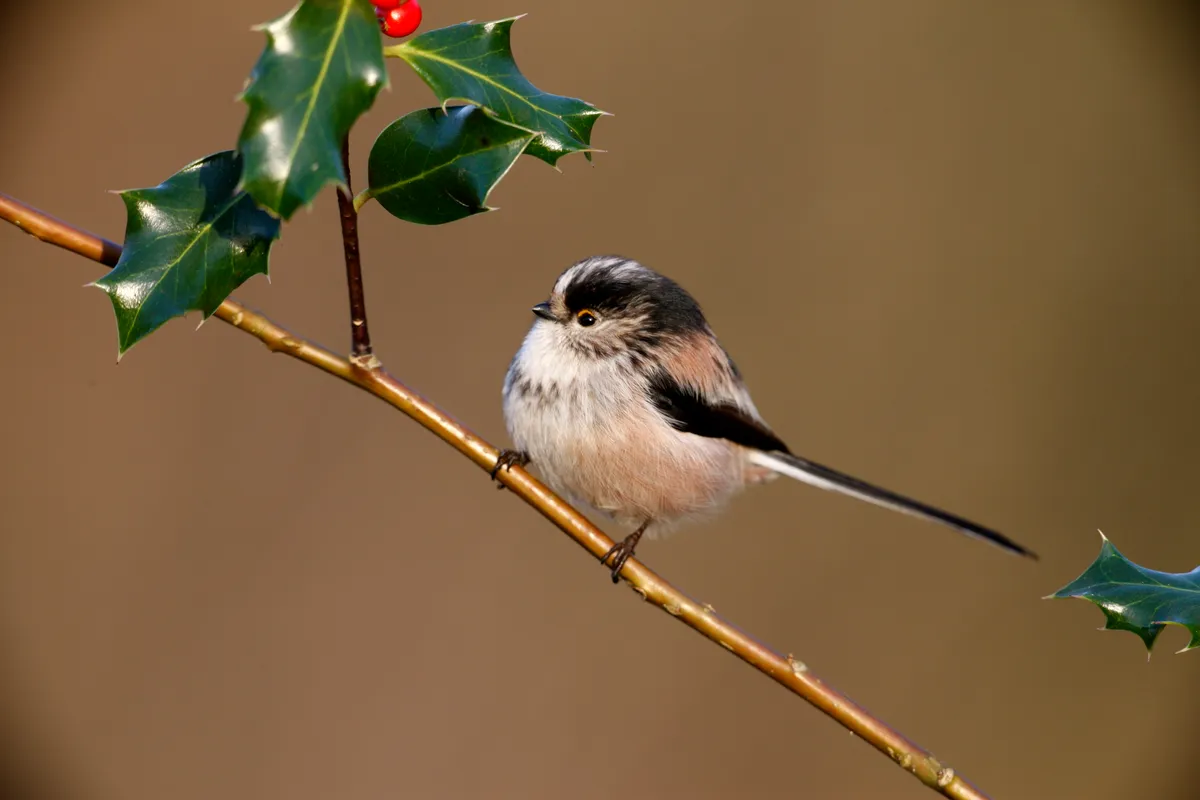
What is the scientific name of the long-tailed tit?
The scientific name of the long-tailed tit is Aegithalos caudatus.
Though they are called tits they are not a member of the same family as other familiar tits such as the blue tit and the great tit, but belong to a sister family called Aegithalidae.
What do long-tailed tits sound like?
Long-tailed tits are vocal birds, making regular contact calls that sound like high pitch whistles, announcing their appearance. These can be followed by more subtle rattly calls.
These vocalisations help flock members, which tend to be close relatives, keep in touch with each other as they move restlessly through trees and bushes, gleaning invertebrates and dropping down onto garden feeders.
Please note that external videos may contain ads:
#BirdSongBasics - Chiffchaff and long-tailed tit | BTO
What do long-tailed tits eat?
The majority of long-tailed tits’ diet is invertebrates, including spiders and caterpillars.
Being very small, long-tailed tits are vulnerable to prolonged periods of harsh winter weather. Small birds lose heat more rapidly than larger ones owing to the fact that a larger proportion of their bodies is exposed to the elements (they have a larger surface area to volume ratio).
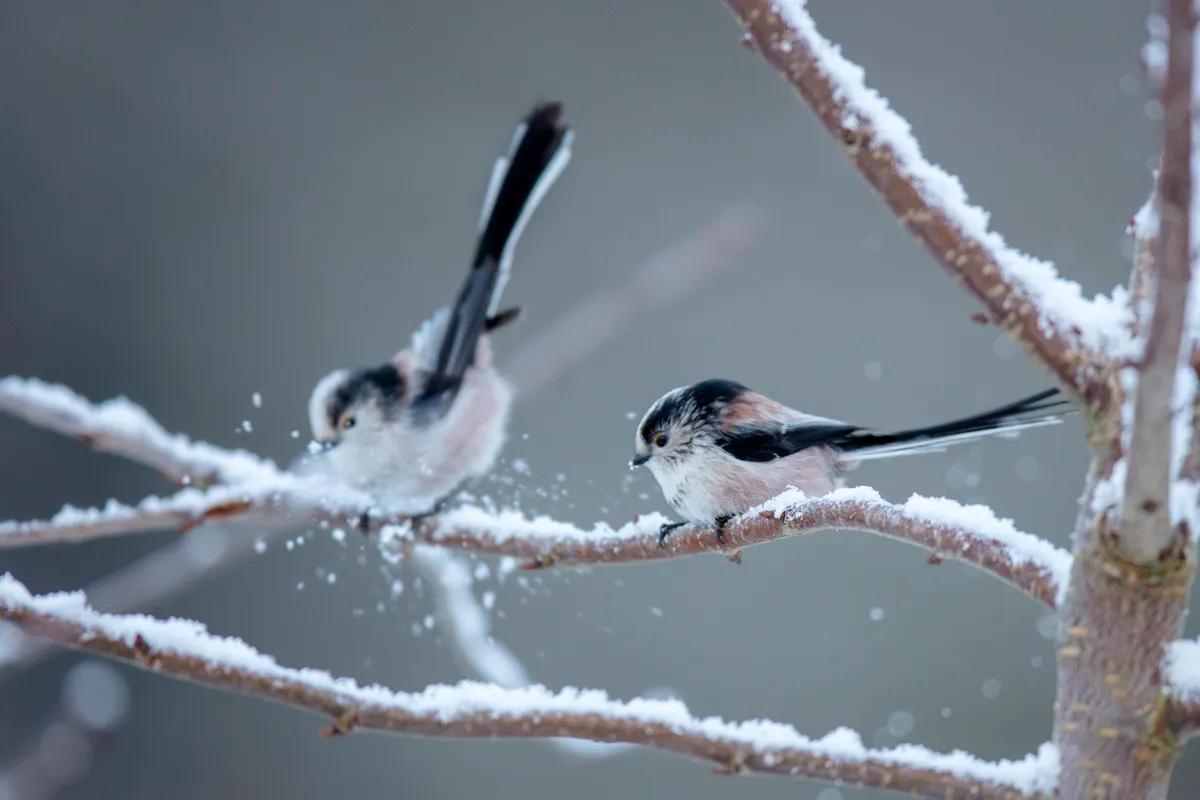
In addition, small birds can ill-afford to carry large food reserves that will slow them down when trying to escape a predator.
To ensure their survival, long-tailed tits need reliable access to energy-rich food during the short winter days.
In gardens they will use feeders where they show a preference for fat balls and suet, particularly during the winter.
What predators do long-tailed tits have in gardens?
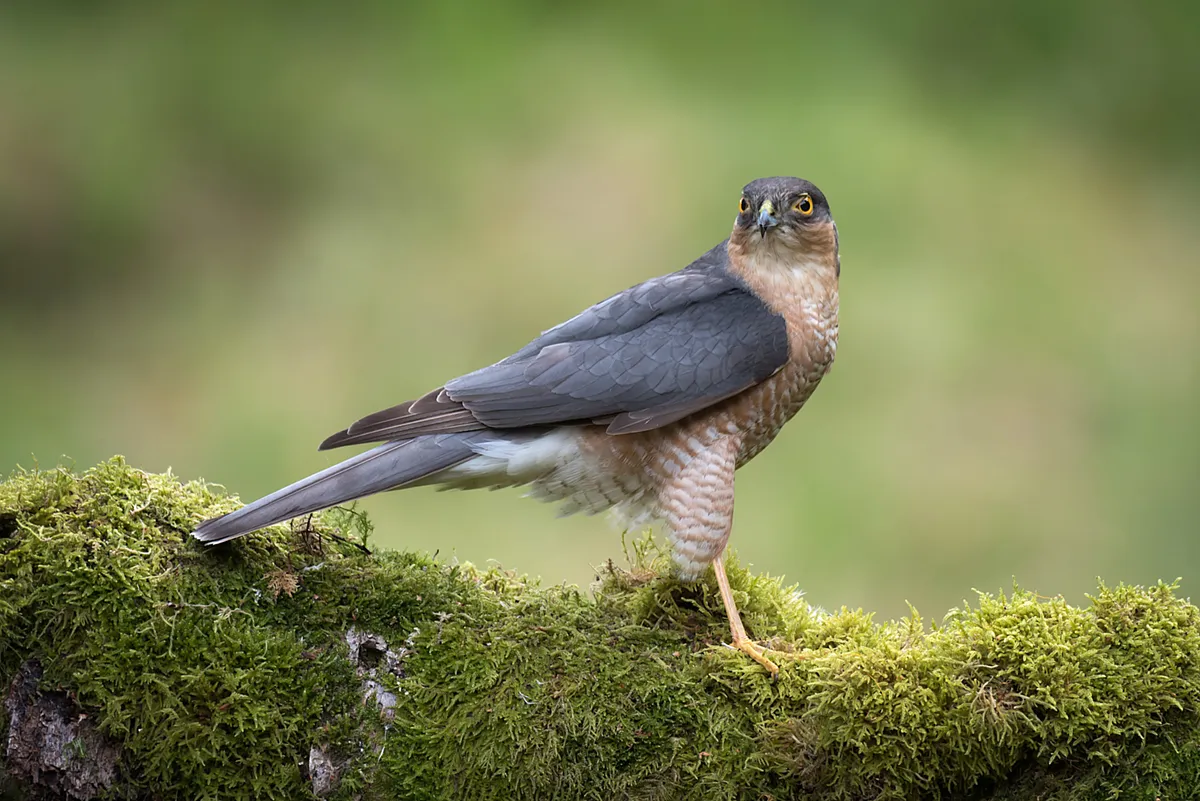
Sparrowhawks will occasionally take adult birds. Nests are vulnerable to a range of predators, including corvids such as crows and jays, and weasels.
How numerous are long-tailed tits?
Long-tailed tits are common garden birds. On average, 36% of gardens report long-tailed tits, though this can be as high as 50% in some years. It is estimated that there are around 380,000 breeding pairs in the UK.
How long do long-tailed tits live for?
Through BTO ringing schemes we know that most birds will only survive for 2 years, though the record is set by a bird who was at least 8 years and 11 months old.
When are long-tailed tits most frequently seen in gardens?
Long-tailed tits can be seen in gardens throughout the year, but you are most likely to see long-tailed tits in your garden during the winter months. Their reporting rates typically peak in February.

Are long-tailed tits increasing or declining in gardens?
The numbers of long-tailed tits in gardens have been steadily increasing over the last 26 years. This is likely due to warmer conditions, meaning more long-tailed tits survive winter. We occasionally see populations fall following harsh winters, but these can quickly recover.

When do long-tailed tits nest?
Long-tailed tits can start to begin nest-building as early as February, and go on to breed into the summer, with latest chicks emerging around July. Look out for birds hovering above vegetation as this is used to find nest sites.
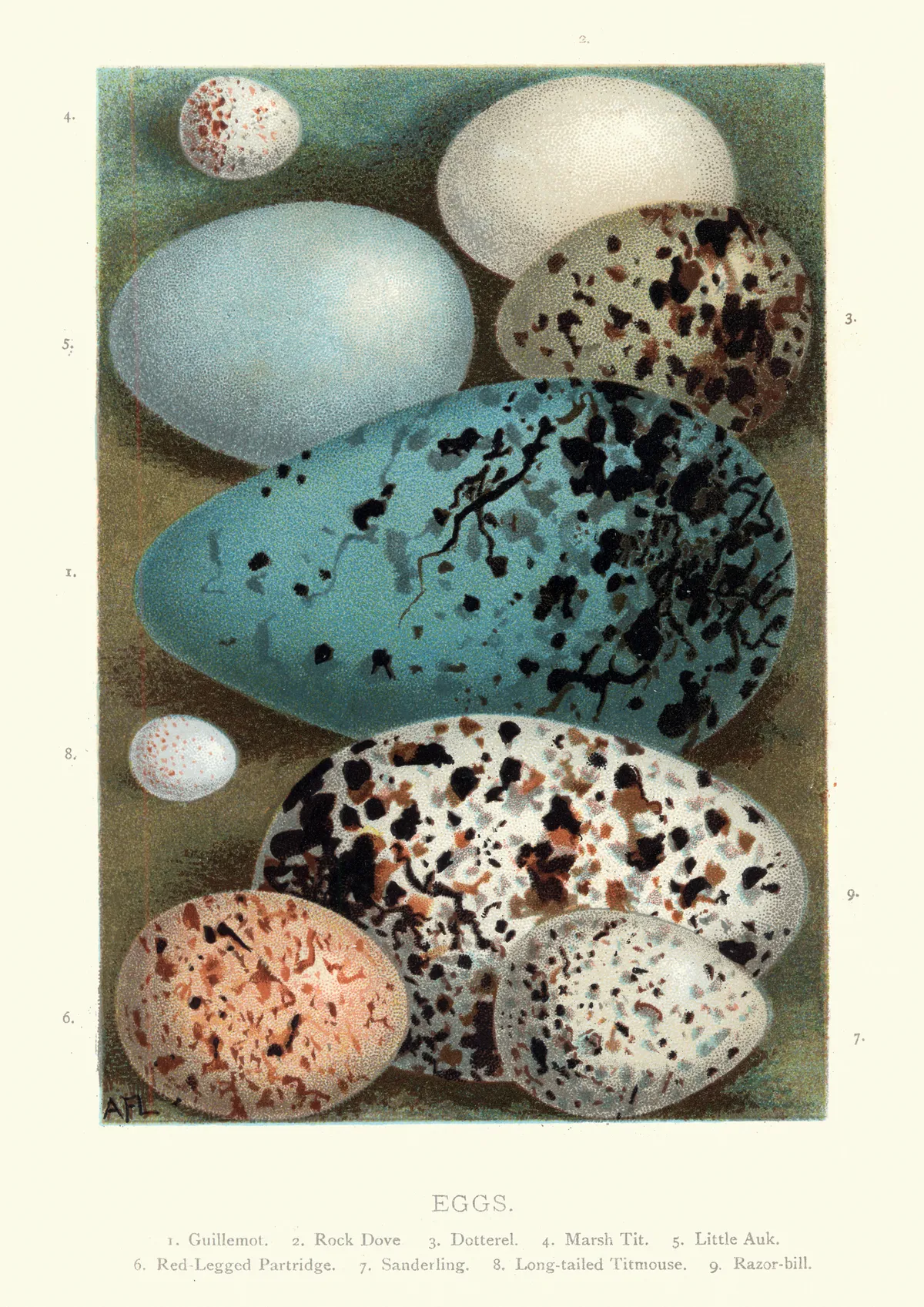
Where long-tailed tits differ from most other birds is that they maintain their sociability during the nesting period. Individual pairs will attempt to rear their own young but if they fail they will help at the nest of a close relative instead – a process known as cooperative breeding.
Sometimes their sociability even seems to extend to people. As a birdwatcher, if you are stood or sat in the right place at the right time, scores of long-tailed tits may drift past without a hint of fear.
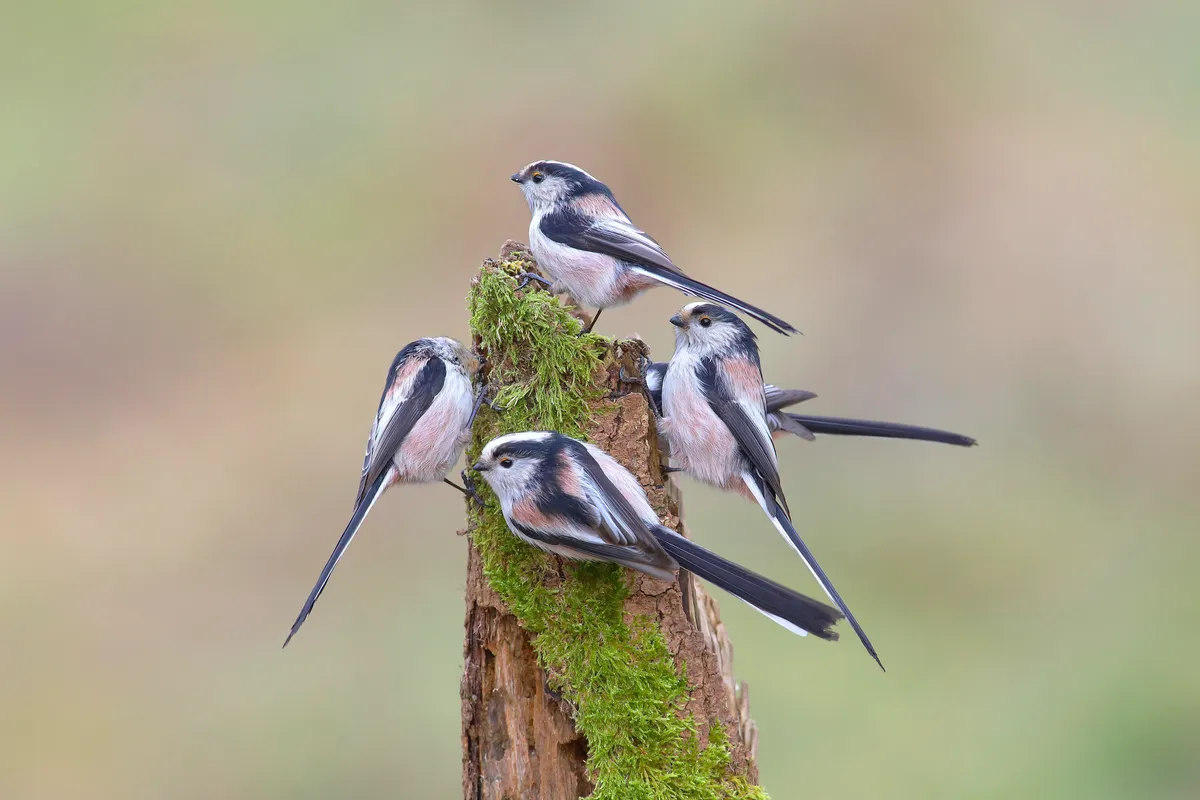
Do long-tailed tits use nest boxes?
No, long-tailed tits build intricate nests from moss, lichens and spider-webs. These structures can take up to 3 weeks to build and provide excellent camouflage.
As the chicks hatch and grow, the spider silk stretches to accommodate them. The nests are often found in dense vegetation, such as hedges and brambles. Gardens with wild, overgrown areas are more likely to attract breeding birds.
Overnight, long-tailed tits will bed down together to conserve their energy. A thick shrub such as hawthorn is favoured and individuals will huddle into a ball with their tails sticking out.
Learn more about nesting and nestboxes:
What can I do to help long-tailed tits in my garden?
Dense bushes and shrubs will provide opportunities for nesting. Brambles can prove to be very popular with breeding long-tailed tits.
Avoid the use of pesticides and herbicides so they are able to find enough insects to feed chicks and provide fat balls or suet blocks in the winter, particularly during cold spells.
The British Trust for Ornithology (BTO) is a UK charity that focuses on understanding birds and, in particular, how and why bird populations are changing. Our vision is of a world where people are inspired by birds and informed by science.
Main image: A long-tailed tit on a branch. © Linda Lyon/Getty

